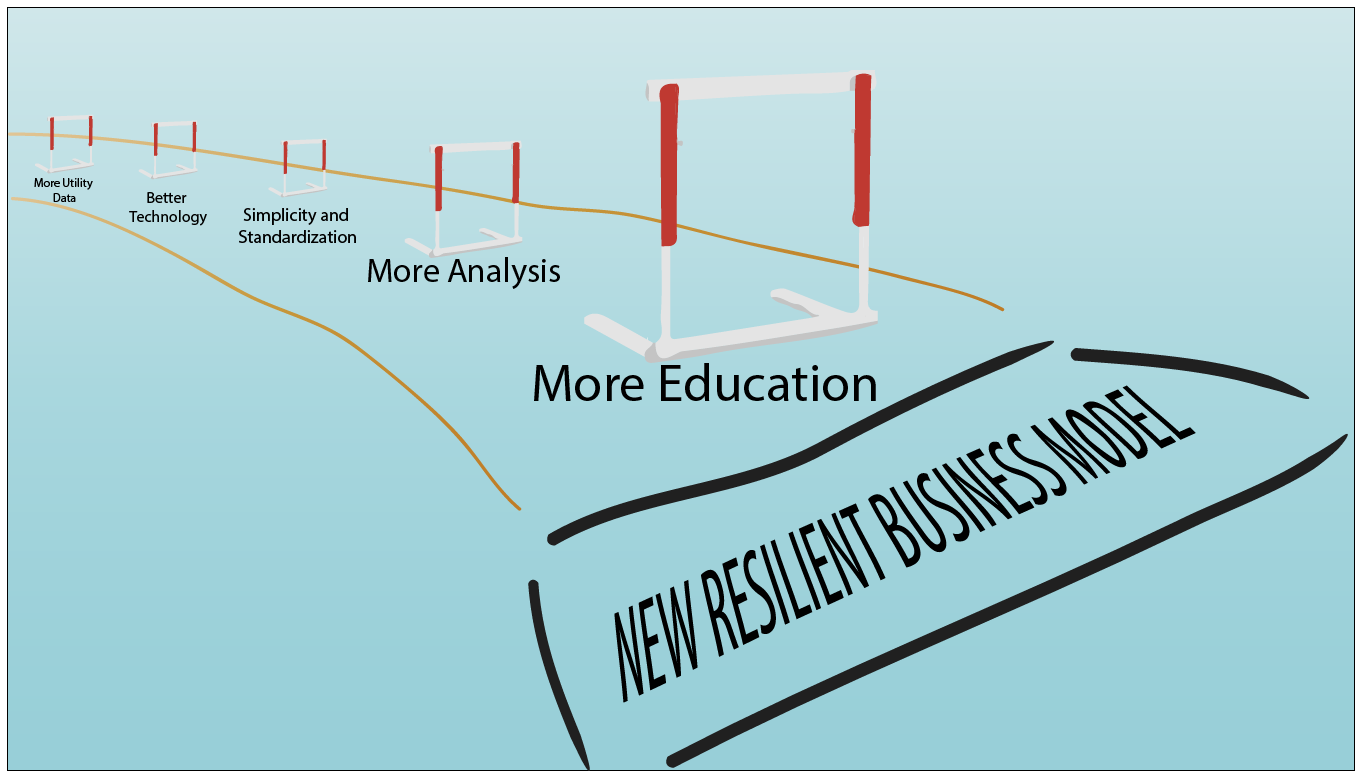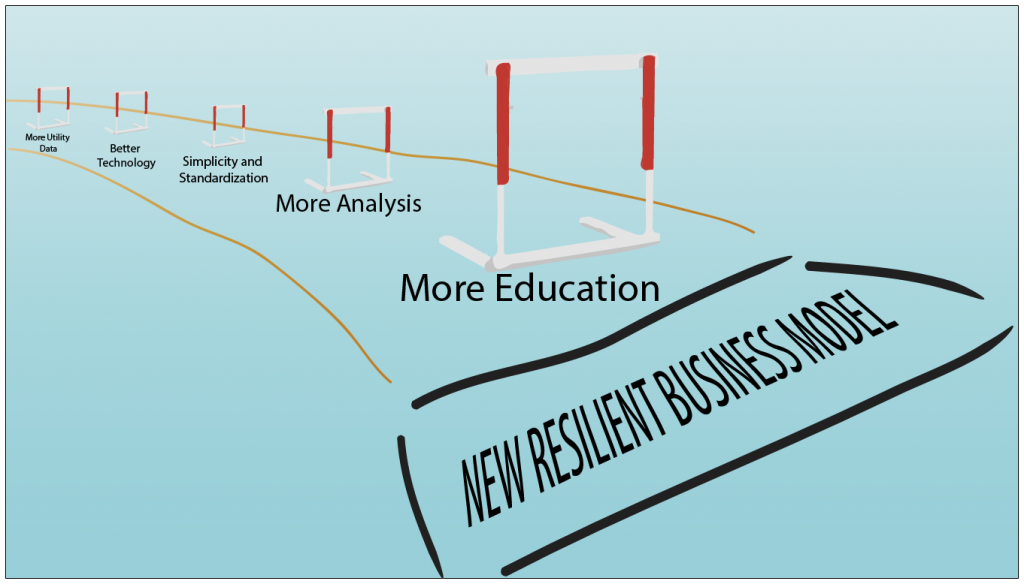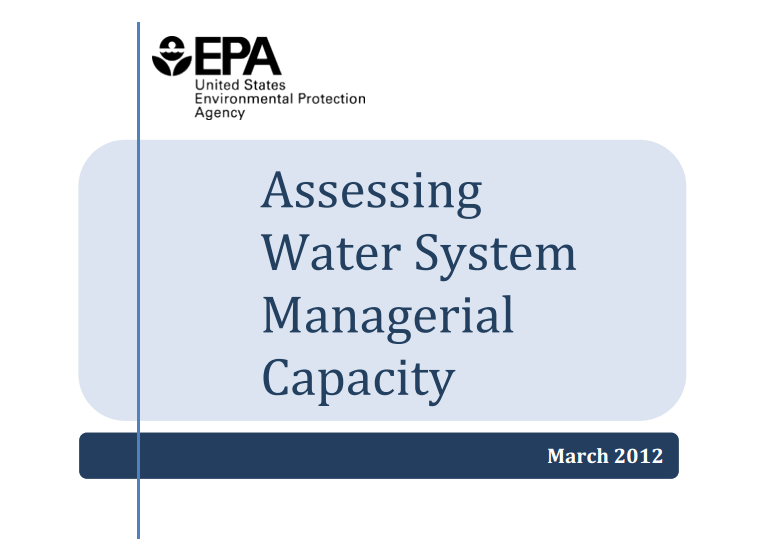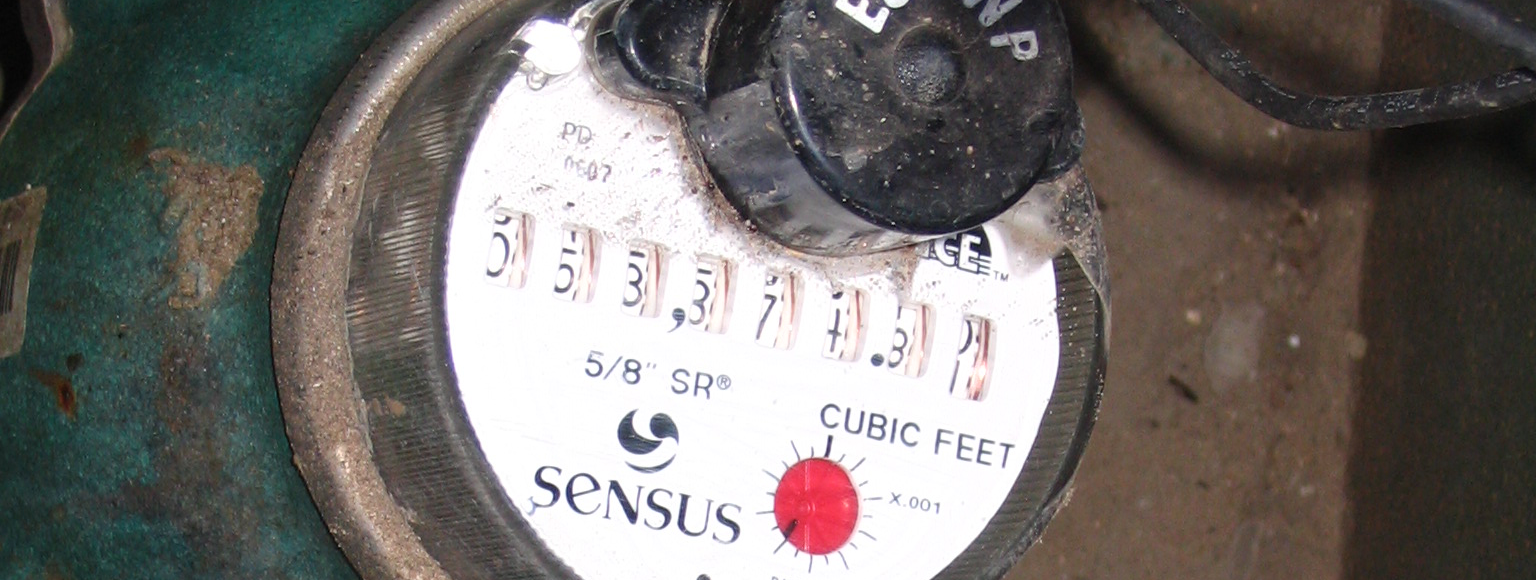Mary Tiger is the Chief Operating Officer of the Environmental Finance Center.
We have written about a number of alternative rate designs for water utilities on this blog in the past year (see posts on PeakSet Base Model and CustomerSelect Rate Plan). Admittedly, we have a lot of fun at the EFC thinking through creative models, linking those models to utilities’ underlying cost structures, and testing out the ramifications on utility finance, customer demand and affordability. But in practice most governing boards and utility managers are hesitant to blaze a trail, especially on an initiative that significantly alters the way revenue is earned. In a Peer2Peer virtual exchange in December, we asked eighteen utility officials what hurdles would need to be cleared before moving forward with an overhaul to their utilities’ pricing model. Their responses communicated the challenging, but not insurmountable, process of transforming a utility’s business practices.









